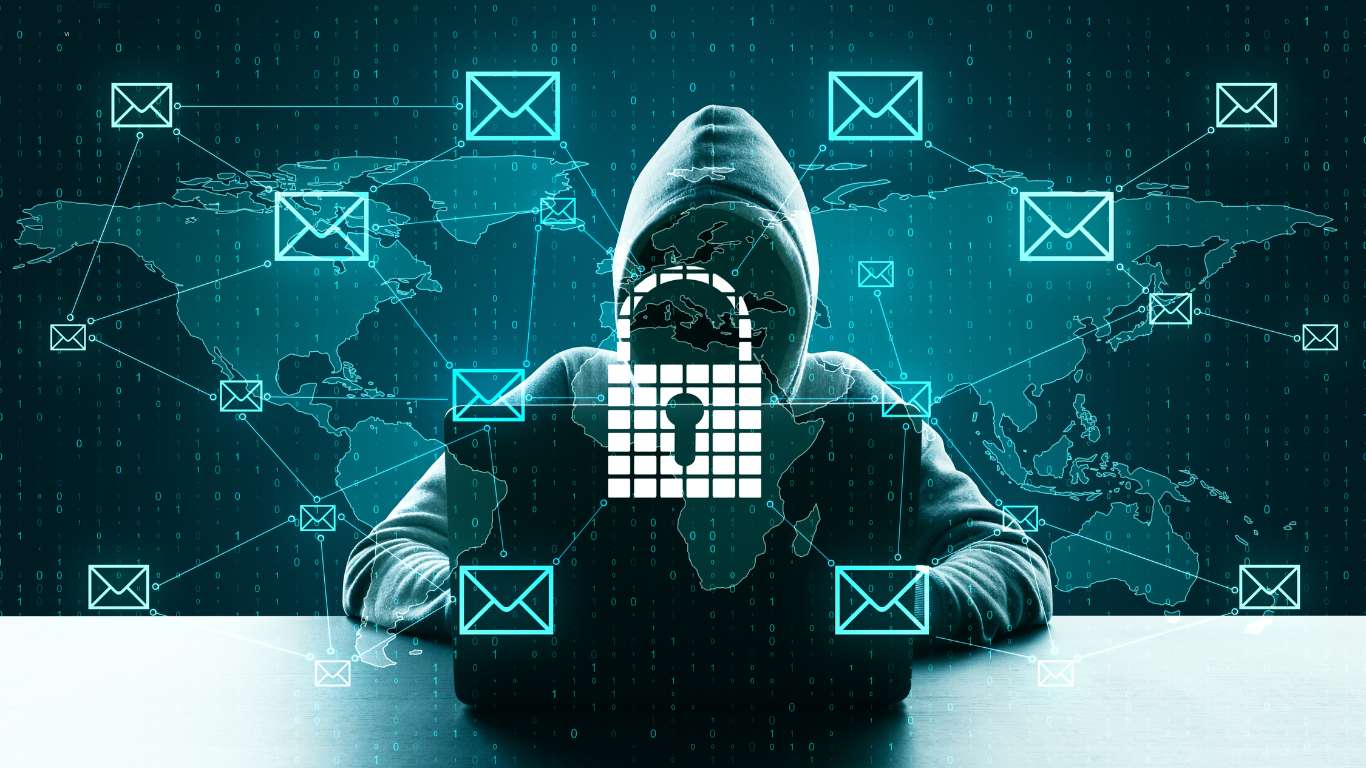Phishing attacks are a serious and persistent threat to businesses across the UK. These cyber attacks utilise deceptive emails, messages, or websites to trick individuals into divulging sensitive information, such as passwords, bank details, and other personal data. Protecting your business from phishing is essential for safeguarding your data, finances, and reputation. This comprehensive guide will provide essential tips on recognising phishing attempts and implementing effective security measures to fortify your business against these attacks.
Understanding Phishing Attacks
Phishing is a type of cyber attack where malicious actors send fraudulent communications—often in the form of emails or text messages—with the aim of deceiving the recipient into revealing sensitive information or installing malware. Common phishing tactics include:
– Spoofed Emails: Emails that appear to come from a trusted source but are actually from cybercriminals.
– Fake Websites: Websites that mimic legitimate sites to steal login credentials and other sensitive data.
– Malicious Links and Attachments: Links or attachments that, when clicked or downloaded, either install malware or direct users to phishing sites.
Recognising Phishing Attempts
To effectively protect your business, it’s crucial to educate employees on how to identify phishing attempts. Look out for these common red flags:
1. Unusual Sender Address: Emails from unfamiliar or suspicious email addresses.
2. Generic Greetings: Phishing emails often use generic salutations like “Dear Customer” instead of personalising the message.
3. Urgency and Threats: Messages that create a sense of urgency or threaten negative consequences if immediate action is not taken.
4. Misspellings and Grammar Mistakes: Many phishing emails contain spelling errors and awkward phrasing.
5. Unsolicited Attachments or Links: Unexpected emails with attachments or links should be approached with caution.
6. Inconsistent URLs: Hover over links to check if the URL matches the company’s official website.
Implementing Security Measures
To bolster your business’s defence against phishing attacks, consider these best practices:
1. Employee Training and Awareness
– Regular Training Sessions: Conduct regular cybersecurity training sessions to keep employees updated on the latest phishing tactics and prevention strategies.
– Phishing Simulations: Run periodic phishing simulations to test employees’ ability to recognise and respond to phishing attempts.
2. Robust Email Security
– Email Filtering: Implement advanced email filtering solutions to detect and block phishing emails.
– Spam Filters: Ensure robust spam filters are in place and regularly updated.
– Multi-Factor Authentication (MFA): Use MFA to provide an additional layer of security for email accounts and other critical systems.
3. Secure Browsing Practices
– Web Filtering: Deploy web filtering tools to block access to known phishing sites.
– SSL Certificates: Ensure your website uses SSL certificates to secure data transmission and enhance customer trust.
4. Regular Software Updates
– Patch Management: Regularly update all software and systems to fix vulnerabilities that cybercriminals could exploit.
– Antivirus and Anti-Malware: Use comprehensive antivirus and anti-malware solutions and keep them updated.
5. Data Encryption
– Encrypt Sensitive Data: Encrypt sensitive information to protect it in the event of a data breach.
– Secure Backup Solutions: Regularly back up data and ensure backups are encrypted and stored securely.
6. Incident Response Plan
– Develop a Response Plan: Create and maintain an incident response plan to quickly address and mitigate phishing attacks.
– Regular Drills: Conduct regular drills to ensure employees are aware of their roles and responsibilities during a phishing incident.
Conclusion
Phishing attacks are a significant threat to businesses, but with the right knowledge and security measures, you can protect your sensitive information and maintain customer trust. By educating employees, implementing robust security protocols, and remaining vigilant, your business can effectively defend against phishing attempts. Remember, cybersecurity is an ongoing process, and staying informed about the latest threats and prevention strategies is essential for maintaining a secure business environment.
For more tips and updates on safeguarding your business from cyber threats, follow our blog and subscribe to our newsletter.




0 Comments